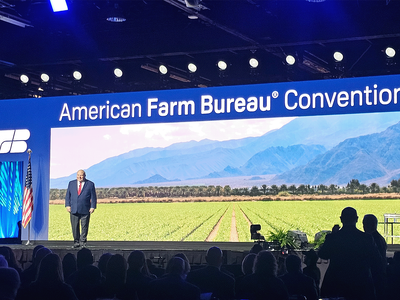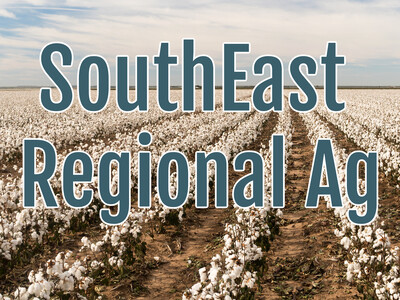Ag Overtime Flexibility Pt 2
From the Ag Information Network, I’m Bob Larson. Bringing more flexibility into the state’s new Ag Overtime law is the focus of many in the tree fruit industry this year.Washington State Tree Fruit Association president, Jon DeVaney says farmers really can’t afford to pay overtime during peak season so they’re having to reduce the worker’s hours …
DeVANEY … “And those workers are finding that rather than earning more money, they’re not able to work the overtime and they’re seeing the total number of hours they are offered work decrease and they’re seeing a net decrease in their take-home pay, or they’re having to take on second jobs and try to manage two complicated schedules that vary by weather at different farms.”
DeVaney hopes lawmakers might consider what’s going on in other states …
DeVANEY … “One of the other points that hadn’t been discussed previously that our legislature is being told about by our industry and others, is that in states where they phased in ag overtime, like New York and Oregon, there are tax-incentives to the employer to cover those costs.”
Which can be, DeVaney says, significant …
DeVANEY … “In New York, 100% of those mandatory overtime costs, you get credited back on your taxes in New York. In Oregon, it’s between 60 and 100% depending on the nature and size of your farm.”
Most states exempt agriculture from overtime regulations, but in those states that have instituted ag overtime, most allow for higher year-round thresholds, some flexibility, or provide tax credits.

















